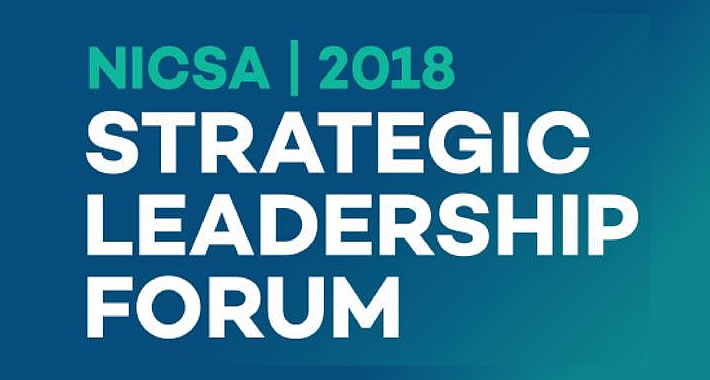When I found out last year that the NICSA Strategic Leadership Forum was returning to Doral it brought back fond memories of my first NICSA event in 2001 with my then, fiancé, now wife of almost 17 years. Unfortunately, she could not accompany this time as she had to hold down the fort in the midst of the nasty Nor’easter that descended upon our home while I was the beneficiary of being in Miami in late February. Sentiment aside, it also reminded me of how much the asset management industry has evolved since my first NICSA event. Not surprisingly, there are still many of the same people attending the event, but all of us are operating in a much different business environment that existed in February 2001.
Distribution evolution was one of the key topics discussed this year. In 2001, asset management firms were just beginning to receive sales and asset data from many sources in addition to the standard transfer agent and supermarket data feeds. Wholesaler’s cars were filled with cases of marketing material and pitch books, and they relied on street atlases to get to and from each appointment. Clouds were in the sky, data was not in the cloud. Warehouses were used to store large equipment and machinery, not data. Mutual funds were the investment vehicle of choice for institutions, retirement plans, and individuals. Exchange Traded what? I think you get my point.
Today, asset management firms need to differentiate themselves. They have multiple product offerings. Portfolio managers and investment experts travel with wholesalers to present the differentiating factors. The wholesaler is now a consultant, benefitting from concise, timely, and accurate data about their prospects and client now more than ever. Educating the advisor with this information is often key to winning their confidence, and ultimately, their business.
Another theme this year, which is a carryover from years past, is the active vs. passive issue. Most of the firms attending NICSA are active shops. Discussions centered on educating the consumer as to the benefits of active investing. All the panelists agreed, passive investing is here to stay, but there is also an important place for active investing. This brings us back to the theme of differentiation. Asset management firms are clearly focusing on educating the consumer. One example of the delivery of this education is the use of social media and video. There have certainly been positive strides in the asset management industry but as one speaker noted, “We need to make it as easy to do business with us as you experience with apps on your phone.”
It’s no secret the financial services asset management industry may take a bit longer to adapt new technology, but it’s clear they’re committed to moving in that direction. One of the breakout sessions I attended was titled, ‘The Innovation Lab’. I had read about some of initiatives firms had launched in Silicon Valley and was interested to learn more from this panel. There truly is a collaborative learning approach being implemented where some firms are creating their own FinTech applications.
However, for many firms creating and supporting new Fintech applications is not part of their core business strategy, nor do many firms have the capital or resources for such ventures. Therefore, many firms rely on the technology leadership and innovation that SalesFocus Solutions provides through its MARS product and services suite.
For me, it was reassuring to know that amidst all the changes and challenges that face our current and prospective clients, we at SalewFocus Solutions continue to evolve and improve our offering. We have been around since the ‘turn of the century’ and we have continued to provide solutions for an industry is constantly being forced to differentiate itself in a competitive environment. Our clients have to differentiate themselves in the marketplace. We believe MARS is an integral part of that process.
Dave



